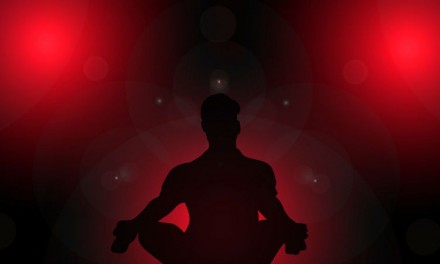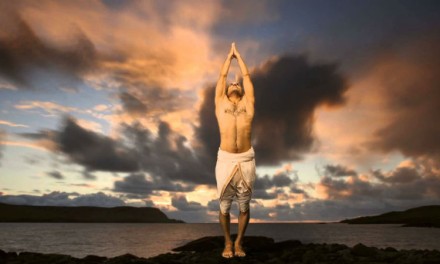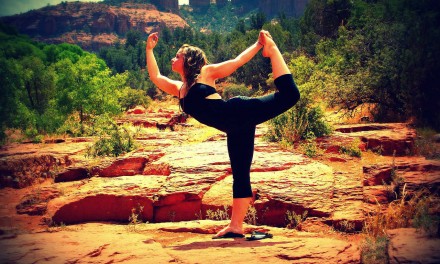All of us are gradually realizing the importance of yoga in our lives. Lately, a lot of attention has been given to include yoga in our lifestyles. Most of us know the benefits of yoga and what we can achieve by practicing it.
Yoga is taught by many experts on television, camps, institutes and ashrams. Though, all of us need to practice it, it is equally important to understand the different styles of yoga so that we can choose what is best for us. We all have different needs and goals. A 22 year old needs different kind of fitness regime from a 65 year old. A lean flexible body requires something different from a muscular stiff body.
Here we discuss some popular styles of yoga and how each is beneficial.
 1. Hatha
1. Hatha
The term Hatha originally has been used to describe the practice of postures (also called asanas). The literal meaning of ‘hatha’ is ‘force’ where ha denotes the vital force governing the body while tha denotes the mental force. Hatha yoga thus helps in awakening of the two vital energies which govern our lives.It also denotes a path towards creating a balance between the opposites. Ha means “Sun” (representing the masculine aspect) and tha means “Moon” (representing the feminine aspect).
The term Hatha is now used to describe a combination of different styles of yoga (along with combining breathing with postures) to create a simple and relaxing class which is suitable for beginners. Hatha yoga involves the basics with slower movement and holding a position only for a few breaths. The movement between the poses is very slow. The goal is to develop flexibility and balance. This is very relaxing and soothing and brings peace to the body and mind. This style of yoga is a great stress buster and also prepares the body for spiritual practices like meditation.
Ideal for beginners. Due to slower pace and gentle movements, it is ideal for someone who is beginning to practice yoga.
2. Vinyasa
Sanskrit word ‘Vinyasa’ means transition from one position to another. Vinyasa combines yoga poses with breathing techniques and the person uses this coordination to move from one pose to another. This form of yog a is quite fast paced. It involves moving from one pose to another very quickly, burning lot of calories in this process(400-500 per hour). The most common Vinyasa sequence is Sun Salutation or Surya Namaskar as we call it. A Vinyasa sessions usually start with Surya Namaskar and then they proceed differently. Apart from moving intensely, it also involves some difficult positions like headstand.
a is quite fast paced. It involves moving from one pose to another very quickly, burning lot of calories in this process(400-500 per hour). The most common Vinyasa sequence is Sun Salutation or Surya Namaskar as we call it. A Vinyasa sessions usually start with Surya Namaskar and then they proceed differently. Apart from moving intensely, it also involves some difficult positions like headstand.
Vinyasa Yoga can take many forms like Ashtanga Yoga, Power Yoga, Jivamukti and Prana flow.
Best for people who want to loose weight and want to pursue intense workouts.
3. Iyengar

Developed by B.K.S Iyengar in 1930s, it is a form of Hatha Yoga. It is detail oriented, slow paced and is ideal for beginners. It focuses on precision and alignment in posture performance (asana) and breath control (pranayama). For this reason, poses in Iyengar yoga are held much longer as compared to other schools of yoga. This form of yoga can be started at any age.
It helps to strengthen muscles and support joints. Asanas provide mobility and stability.Props like blocks, straps, pillows, blankets are used to get proper alignment for the asanas and accommodate for injuries.
Best for detailed oriented people, who love to experience and study the anatomy. Also beneficial for people with chronic neck and back pain (though a doctor must be consulted before getting started).
 4. Kundalini
4. Kundalini
This style of yoga is more spiritual and philosophical in approach as compared to others. It focuses on awakening the Kundalini energy (primal energy located at the base of the spine). The goal is to release this energy and it is achieved by regular meditation, pranayama, chanting mantras and performing asanas.
Repetitive exercises called Kriyas are performed in this physically and mentally challenging style. It strengthens the core and works on the area around the spine. The composition of a typical Kundalini Yoga session will be usually 50% exercise, 20% breath work, 20% meditation, and 10% relaxation.
More fulfilling for people who are trying to explore the spiritual aspects in addition to a normal workout.
5. Bikram
Developed by Bikram Choudhury in early 1970s, this system of yoga derives it’s techniques from traditional Hatha yoga. This is style of “Hot yoga” which is performed in heated room which helps to relax the muscles and increase the stretching ability. In a sauna like atmosphere, the temperature is maintained around 40 degree centigrade with around 40% humidity.
from traditional Hatha yoga. This is style of “Hot yoga” which is performed in heated room which helps to relax the muscles and increase the stretching ability. In a sauna like atmosphere, the temperature is maintained around 40 degree centigrade with around 40% humidity.
Each class is around 90 mins long with a set of 26 yoga poses performed twice along with two breathing techniques. This class is consistent, irrespective of the the instructor.
Bikram yoga helps to flush body toxins, control weight, increase flexibility and is quite challenging. A 90 mins class can burn upto 400 calories on an average.
6. Ashtanga

Ashtanga is named after eight limbs of Yoga mentioned in Yoga sutras of Patanjali. In this physically challenging style, a non-stop series of yoga poses are performed. The primary series, the secondary series and so on as progress is made. Basically, 70 poses are executed in a 90 min to 2 hour class. Ashtanga yoga also uses special breathing techniques which help in increasing the focus.
The person flows from one pose to the next rapidly with each inhale and exhale. This generates heat in the body and helps burn calories.





